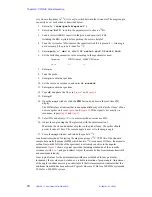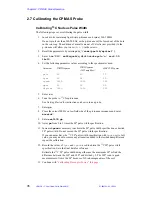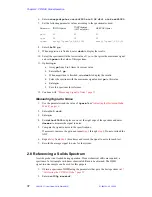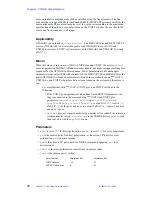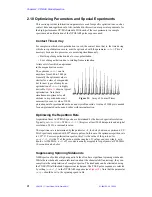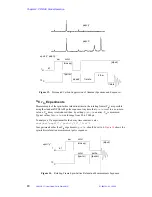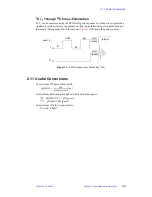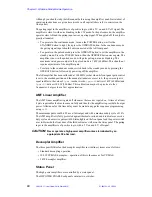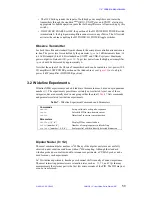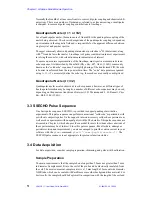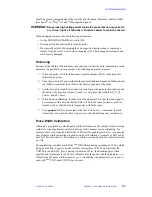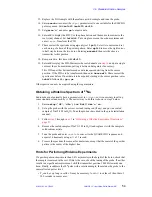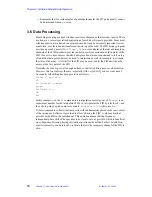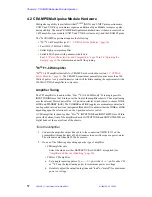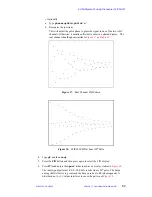
Chapter 3. Wideline Solids Module Operation
47
VNMR 6.1C User Guide: Solid-State NMR
01-999162-00 C0402
• The older Wideline ADC board was shipped with UNITY and VXR-S systems. It
acquires data in a fundamentally different manner. Data is temporarily stored in its on-
board, 2 x 8 Kword buffer (maximum
np
is
16384
). After each FID is collected, data
is transferred to the normal acquisition memory and the fast memory is cleared. This
process requires an overhead of about 32
µ
s for each complex point.
Both ADC boards are single VERSAbus boards containing sample-and-hold modules,
ADC chips, memory, and control logic, and each board is capable of digitizing 12 bits in
500 ns. The ADC conversion time is adjustable in 25 ns steps, so there are only a limited
number of actual values that the spectral width can take. The entered value of
sw
is
automatically adjusted to the nearest valid spectral width.
The standard Observe Receiver board for
UNITY
INOVA and UNITYplus systems has the
correct bandwidth amplifier and is not replaced. For UNITY and VXR-S systems, the
Wideline Receiver and Filter board is a replacement of the standard 100 kHz receiver and
contains filters appropriate for both small and large spectral widths. Improved filters give
better baseline and phase characteristics; however, they may show a 10% reduction in
signal-to-noise as determined by the standard
13
C test.
For spectral widths above 100 kHz, 6-pole true
Bessel filters are used. The outputs from these
filters are routed to the wideband ADCs. The
permissible values of the parameter
fb
, which are
identical to the 3 dB points of these filters, are
listed in
For 100 kHz and below, the signal is routed
through a pair of 8-pole quasi-elliptical filters to
standard ADCs. The characteristics of these filters
provide superior performance for both phase and
amplitude flatness across the full spectral width.
The Wideline NMR Module for the
UNITY
INOVA
system is a board that includes two 5-MHz 12-bit ADCs and 2 MB of onboard memory.
High-Power Amplifier
The wideline high-power (1 kW) amplifier is intended mainly for use in solid-state NMR
studies. The amplifier is housed in a third cabinet, as shown in
, and configured
to permit maximum flexibility. Manual controls permit selection of either the solids
amplifier or the standard liquids amplifier for the observe function.
CAUTION:
Never use probes designed for liquids studies with amplifiers intended
for solid-state studies. The high power from these amplifiers will
destroy liquids probes.
Because the wideline package is for low-band (12 to 200 MHz) nuclei, no
1
H or
19
F high-
power amplifier is provided unless the CP/MAS module or CRAMPS/Multipulse module
is also installed. The 1-kW power amplifier is one of the following models:
• The AR Model 1000LPM10 covering the range of 9 MHz to 200 MHz with 60 dB of
gain and a maximum output power exceeding 60 dBm over this range.
• The AMT Model M3201 covering a range of 6 MHz to 220 MHz with 10 dB of gain
and a maximum power output exceeding 60 dBm over this range.
Table 6. Bessel Filter Outputs
sw
(kHz)
fb
(kHz)
100 – 225
256
> 225
1000
300 – 540
300
540 – 1260
700
1260 – 1800
1000
> 1800
2400

